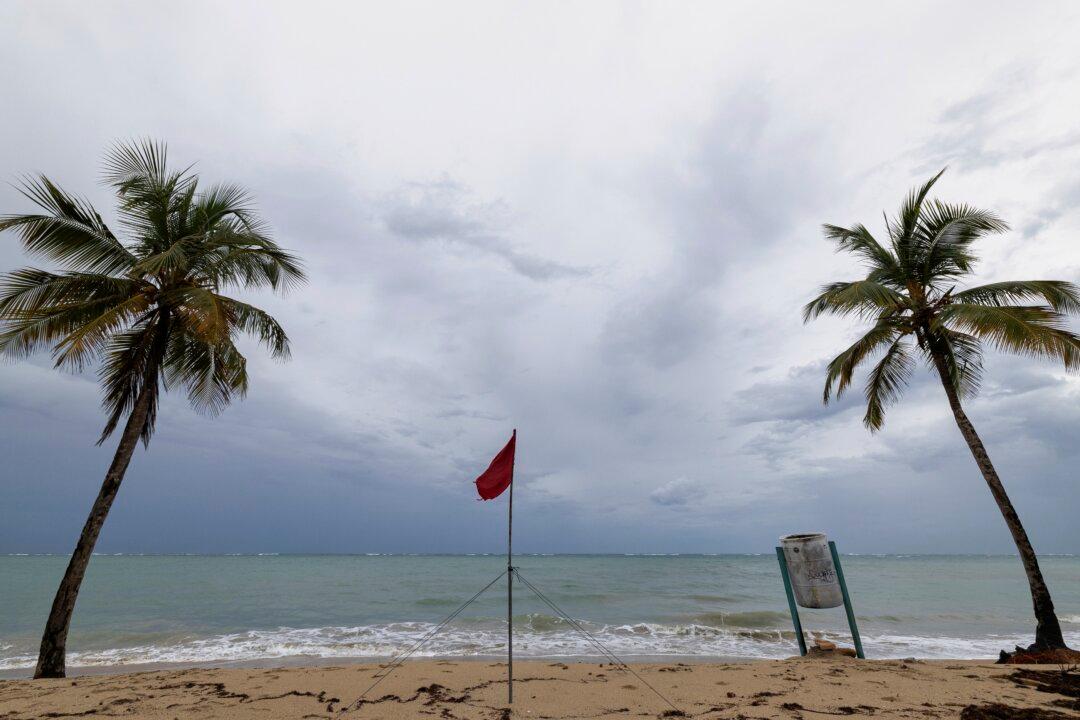The U.S. National Oceanic and Atmospheric Administration (NOAA) said that “warmer than average” temperatures are going to affect most of the United States during the upcoming 2019-2020 winter.
“Although below-average temperatures are not favored, cold weather is anticipated and some areas could still experience a colder-than-average winter,” the agency said in an update on Thursday. “Wetter-than-average weather is most likely across the Northern Tier of the U.S. during winter, which extends from December through February.”





